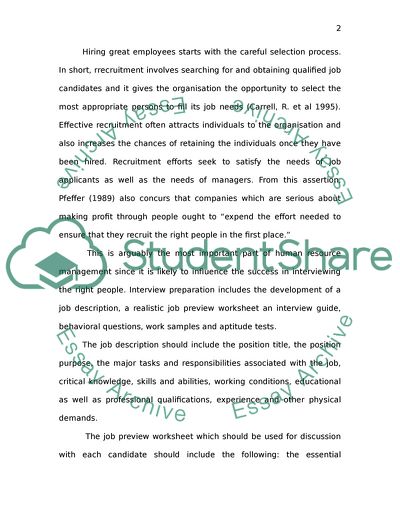Cite this document
(Human Resource Management: Fresh Perspectives Essay - 2, n.d.)
Human Resource Management: Fresh Perspectives Essay - 2. Retrieved from https://studentshare.org/human-resources/1735454-managing-human-resources
Human Resource Management: Fresh Perspectives Essay - 2. Retrieved from https://studentshare.org/human-resources/1735454-managing-human-resources
(Human Resource Management: Fresh Perspectives Essay - 2)
Human Resource Management: Fresh Perspectives Essay - 2. https://studentshare.org/human-resources/1735454-managing-human-resources.
Human Resource Management: Fresh Perspectives Essay - 2. https://studentshare.org/human-resources/1735454-managing-human-resources.
“Human Resource Management: Fresh Perspectives Essay - 2”. https://studentshare.org/human-resources/1735454-managing-human-resources.


